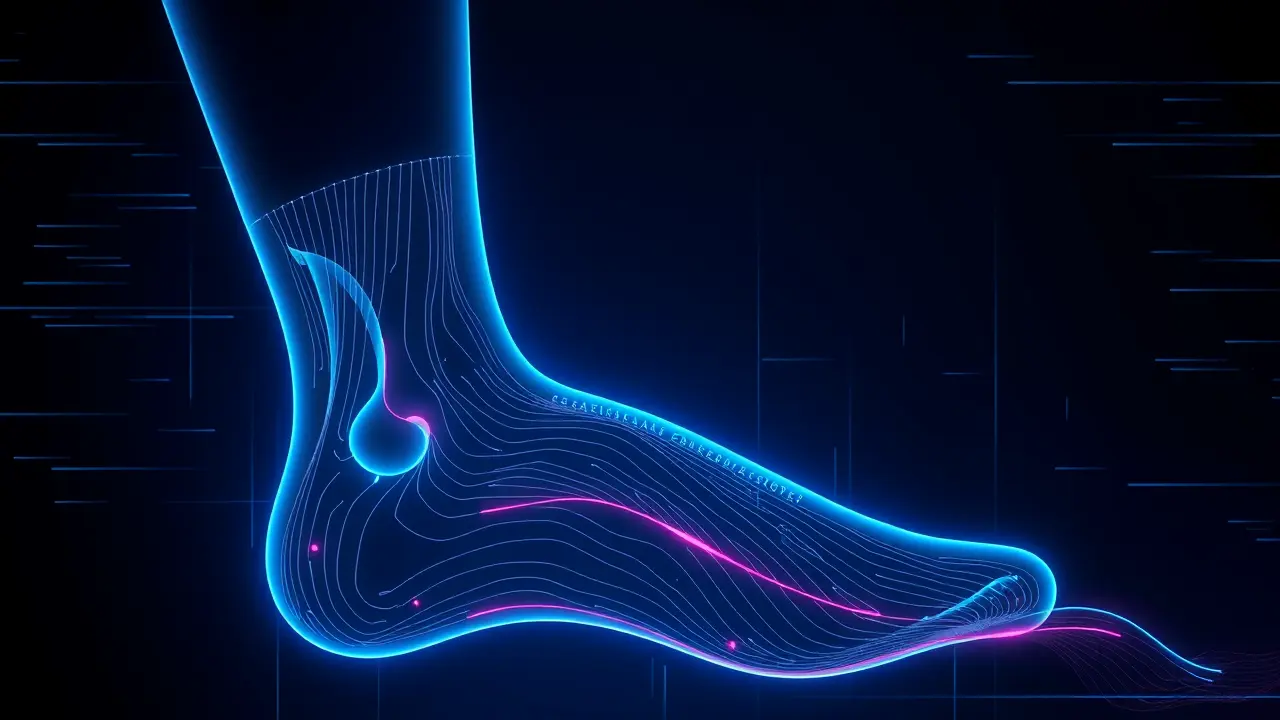This simple innovation could change blood pressure testing forever
In a development that feels ripped from the pages of a near-future medical thriller, a team from the University of Exeter has engineered a sophisticated algorithmic key to unlock a long-standing diagnostic puzzle: the precise interpretation of ankle blood pressure. This isn't merely an incremental improvement; it's a fundamental recalibration of a basic clinical tool, poised to transform care for a significant and often overlooked patient demographic—those for whom a traditional arm cuff reading is impossible or unreliable.Think of the patients with bilateral mastectomies, severe lymphedema, vascular access devices, or those with limb deformities; for them, this breakthrough is nothing short of a lifeline. The research, grounded in the monumental analysis of data from over 33,000 participants, moves beyond simple correlation.The team didn't just observe that ankle and arm pressures differ; they deconstructed the relationship, identifying the specific variables—like age, sex, and pre-existing conditions—that warp this ratio, creating a dynamic, personalized algorithm that can be accessed via a simple online calculator. This tool effectively translates the often-dismissed ankle brachial pressure index (ABPI) from a crude screening metric for peripheral arterial disease into a precise, standalone diagnostic for systemic hypertension.The implications are staggering. Consider the global scale of hypertension misdiagnosis; it's a silent epidemic of error leading to either the dangerous undertreatment of a condition that strains the heart and damages kidneys, or the unnecessary medication of patients, burdening them with side effects and costs.This Exeter algorithm acts as a circuit breaker in that cycle of misdiagnosis. It brings diagnostic equity to the bedside of the patient with burned arms, the individual with amputations, or the elderly patient with fragile skin, ensuring their cardiovascular health is assessed with the same rigor as anyone else's.The methodology itself is a testament to the power of big data in medicine. By training their model on such a vast and diverse dataset, the researchers have mitigated the biases that often plague smaller studies, creating a tool with robust generalizability.This is precision medicine in its most practical form, moving us away from one-size-fits-all medical thresholds and towards individualized risk stratification. Looking forward, the integration potential is immense.One can easily envision this algorithm being embedded directly into the firmware of next-generation smartwatches or wearable patches that monitor blood pressure at the wrist or ankle, providing continuous, calibrated data that was previously the domain of bulky, clinical equipment. It opens a new frontier in remote patient monitoring, allowing for accurate, long-term tracking of high-risk individuals from the comfort of their homes.However, the path to widespread adoption is not without its hurdles. The medical community is, rightly, conservative, and new diagnostic criteria require rigorous validation across different populations and clinical settings before they are enshrined in guidelines.There will be a necessary period of education for clinicians who have spent decades relying on brachial readings as the gold standard. Yet, the potential payoff is too significant to ignore.This innovation from Exeter is more than a new calculator; it's a paradigm shift. It challenges a century-old clinical convention and demonstrates how smart computation, applied to rich biological data, can dismantle accessibility barriers and forge a more inclusive, accurate, and personalized future for cardiovascular medicine, one precise ankle reading at a time.
CU
CuriousMind236 hours ago
wow this is actually really cool tbh, finally some good news for people who need it
0
CO
CodeSlinger428 hours ago
finally a practical use for all that data, hope this gets into devices soon tbh
0
HO
HopefulHeart2211 hours ago
this is such wonderful news, proud of the team for thinking of everyone who needs this it really does feel like a lifeline
0
© 2025 Outpoll Service LTD. All rights reserved.
